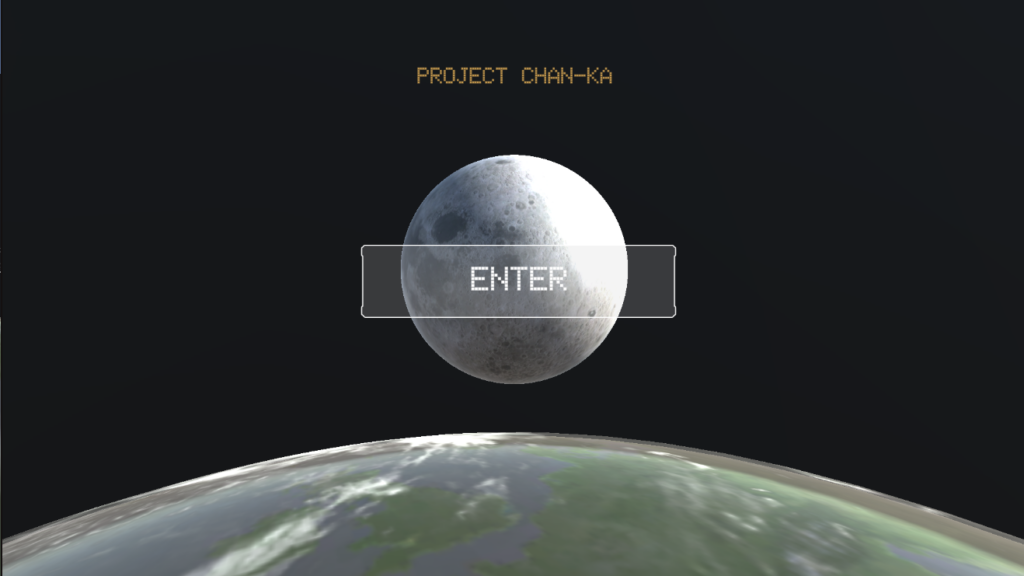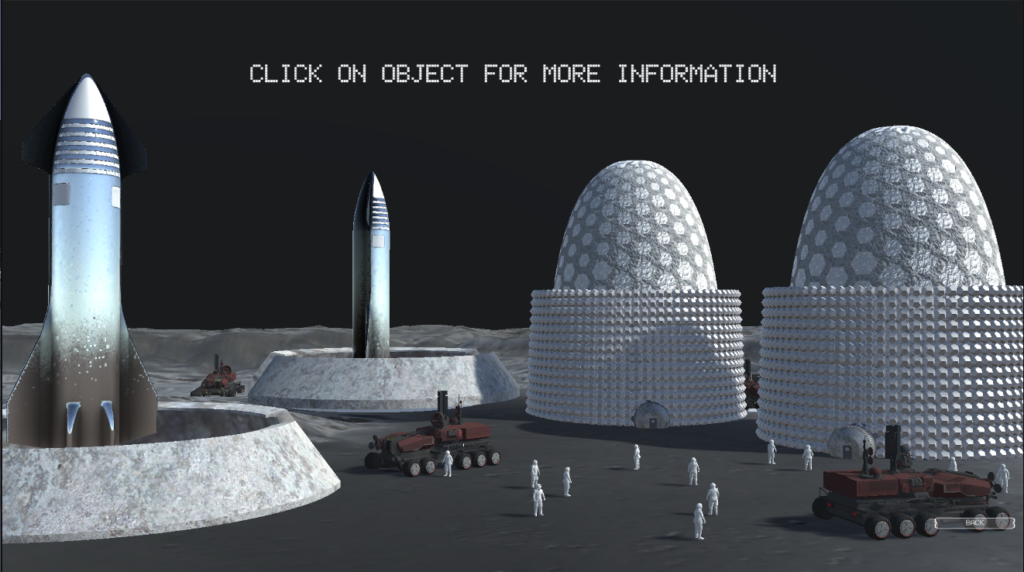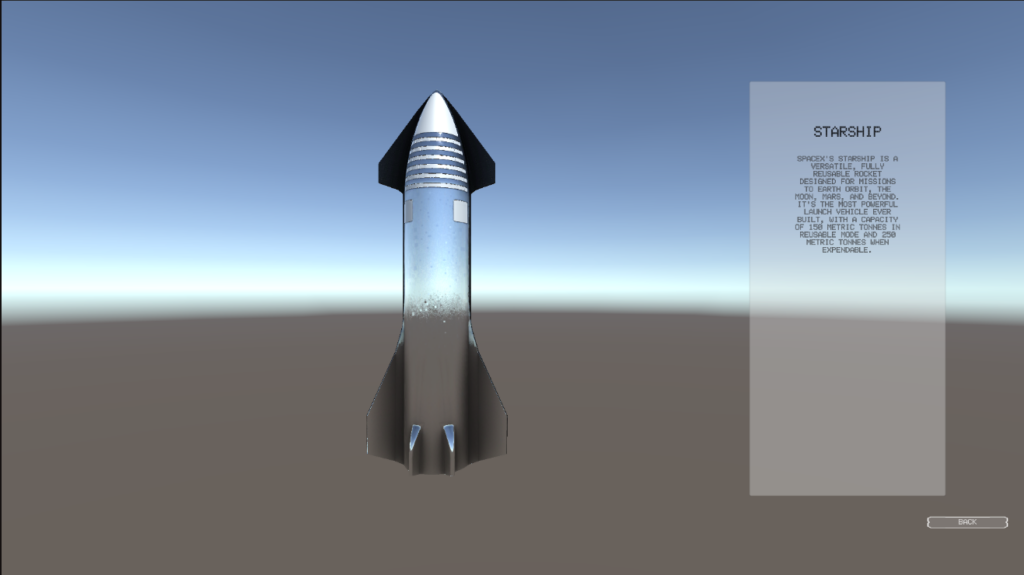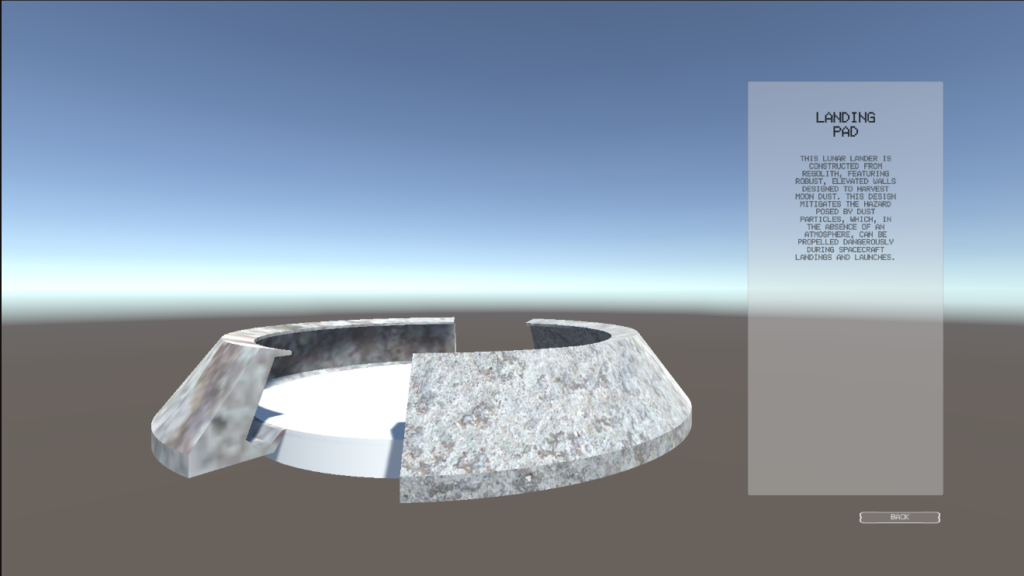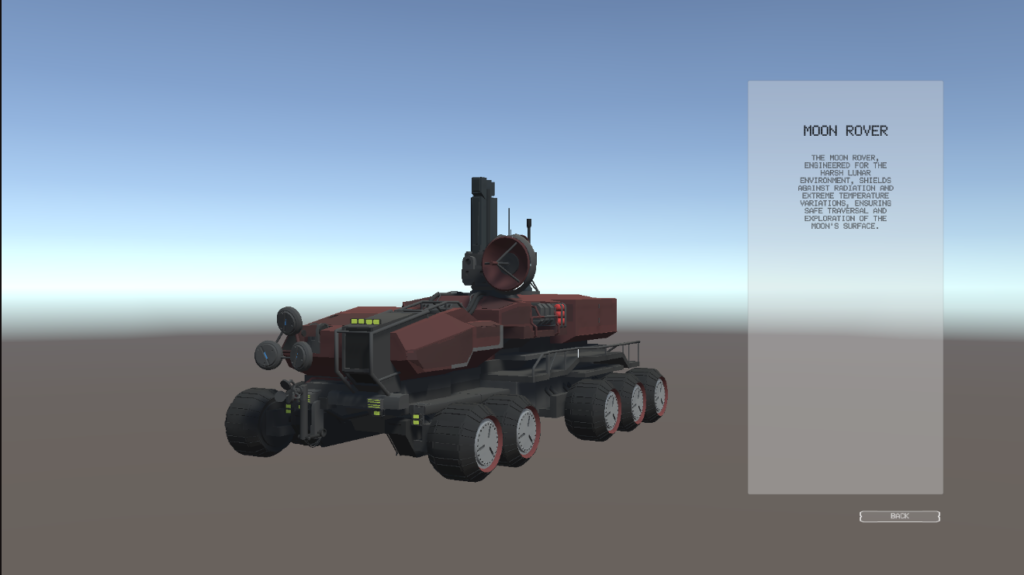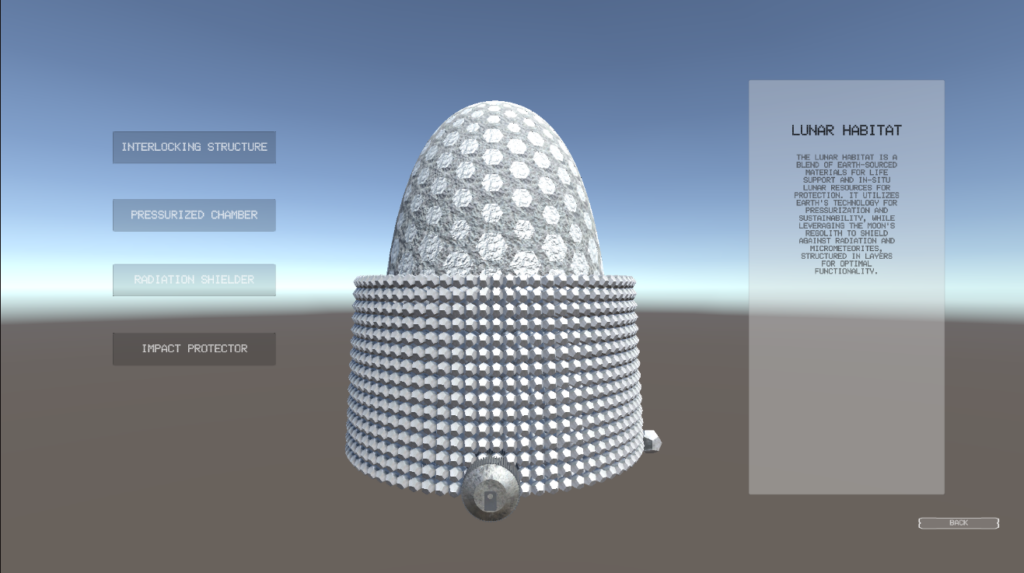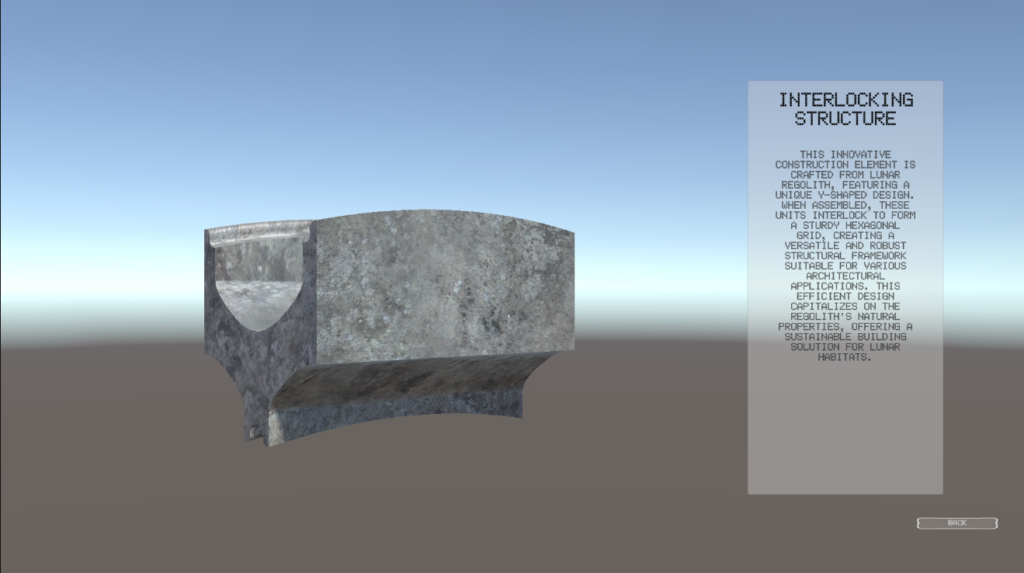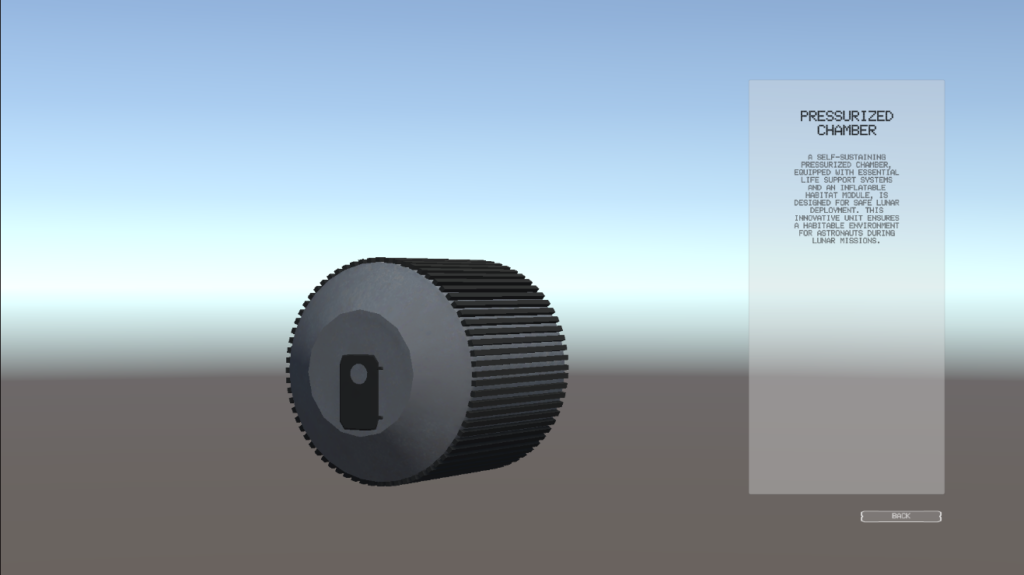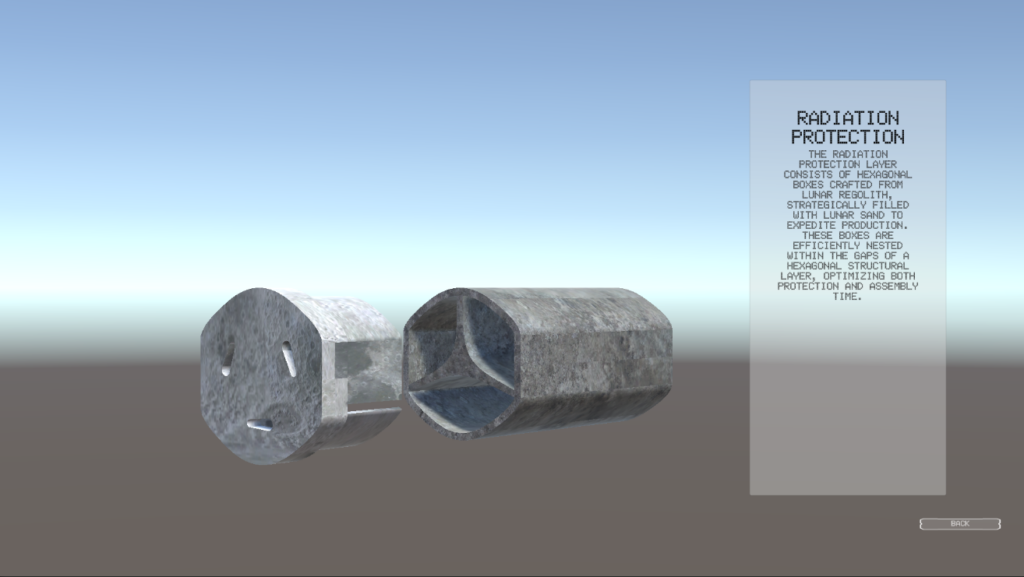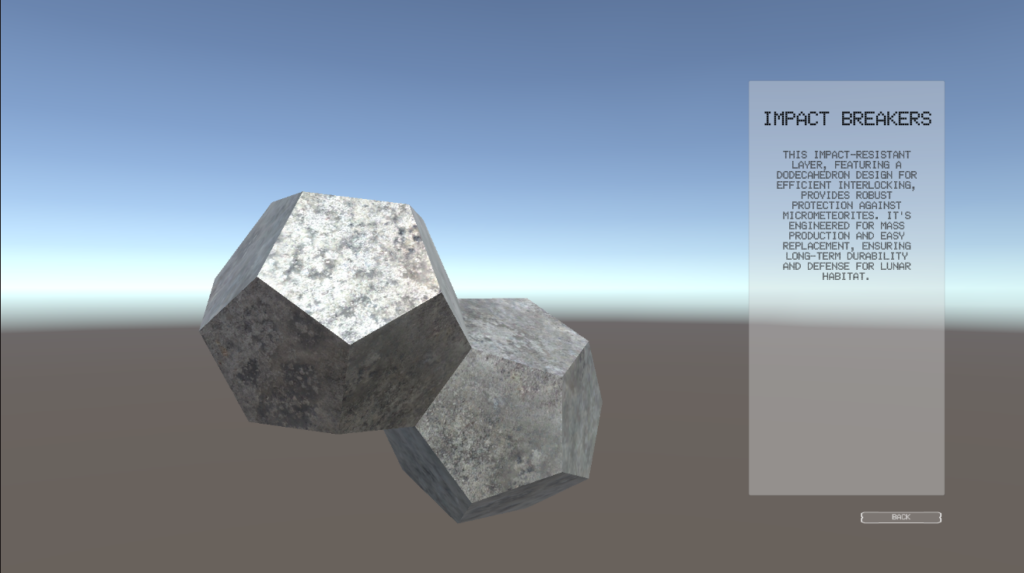Project Chan-Ka: Pioneering Sustainable Lunar Habitats
The concept of Project Chan-Ka represents a significant leap in lunar habitation design. This innovative approach to creating a sustainable environment on the Moon is a testament to human ingenuity and the relentless pursuit of space exploration. The project envisions a habitat constructed from interlocking 3D printed components made of lunar regolith, a material readily available on the Moon’s surface. This not only makes the habitat self-sufficient but also ensures that it can be easily repaired with replaceable parts in case of damage.
Each component of Project Chan-Ka is meticulously designed to serve a specific function, whether it be for living quarters, research facilities, or operational modules. The use of lunar regolith not only provides protection from the harsh lunar environment but also significantly reduces the cost and complexity of transporting materials from Earth.
The concept aligns with the visions of international space agencies, such as the European Space Agency’s Moon Village, which also explores the idea of using inflatable modules for lunar habitats. These habitats are designed to be semi-buried to protect against radiation and micrometeorites, with the added benefit of inflatability for efficient transport and setup.
Project Chan-Ka is more than just a habitat; it’s a blueprint for future lunar living, where sustainability and adaptability are key. As humanity looks towards the Moon as the next frontier, projects like Chan-Ka pave the way for a permanent human presence beyond Earth, opening doors to further exploration and perhaps even the colonization of other celestial bodies. The future of space exploration is bright, and it’s concepts like Project Chan-Ka that will light the way.
